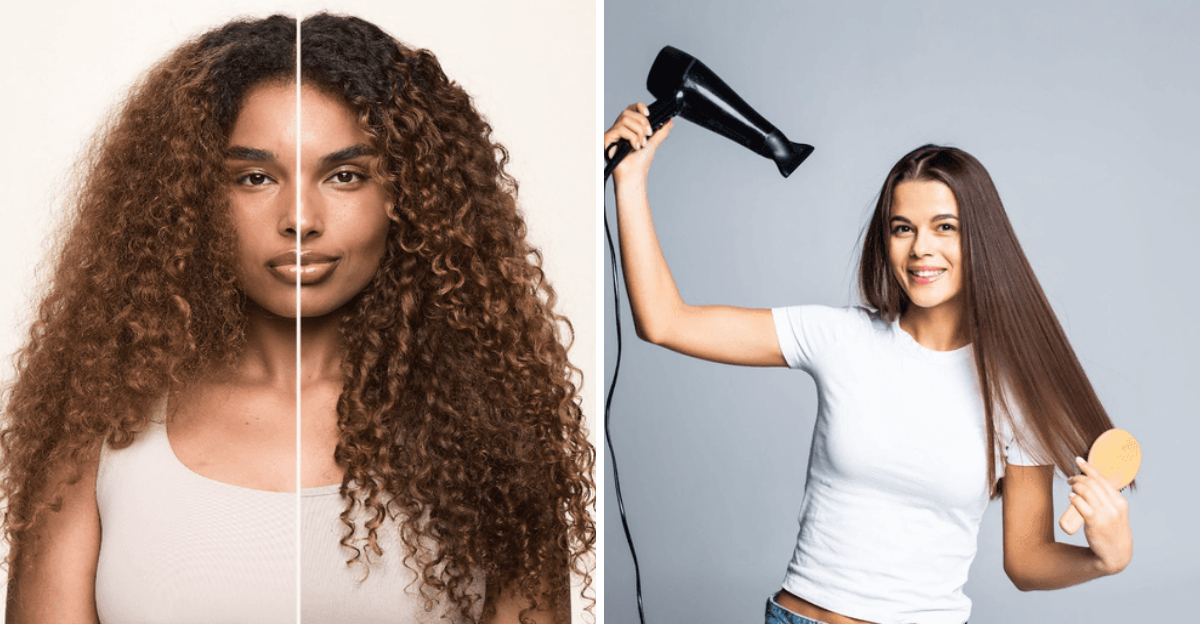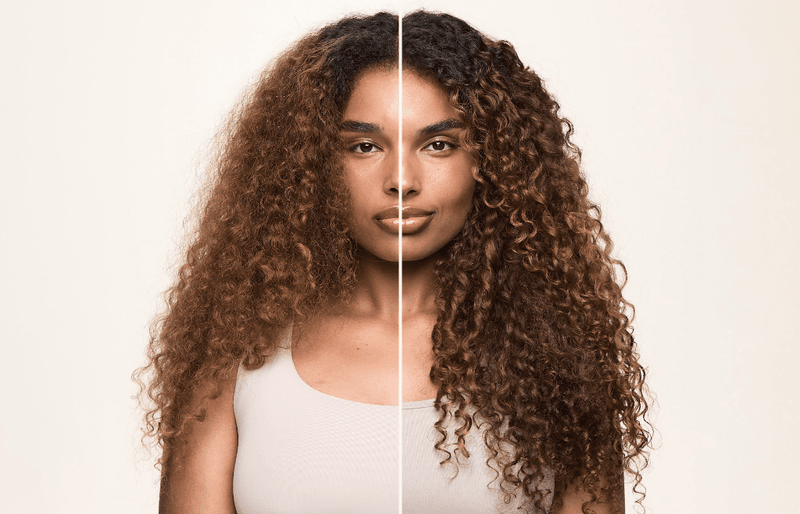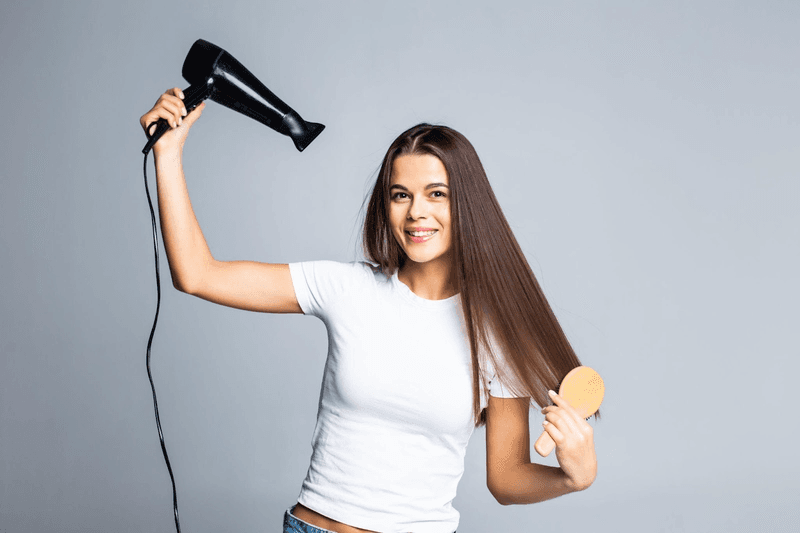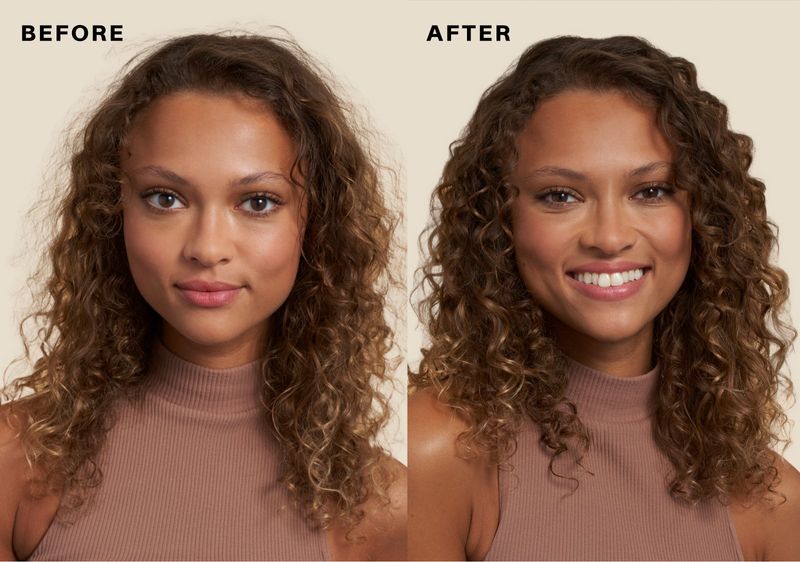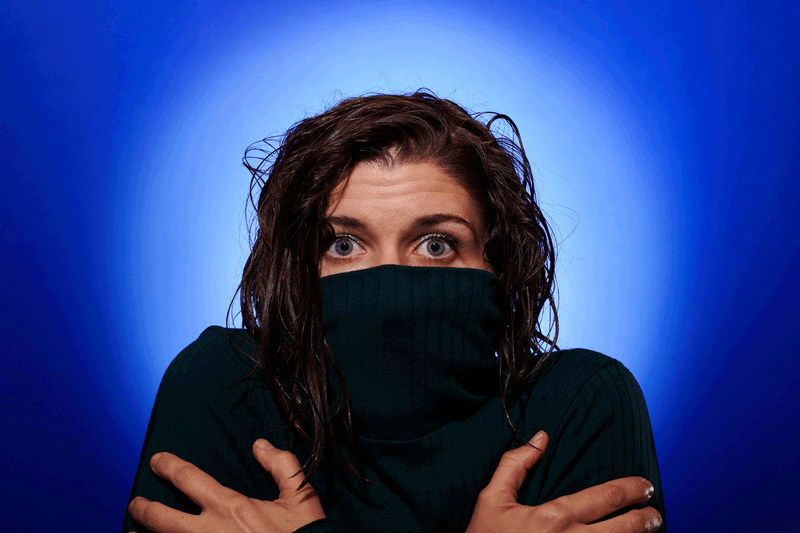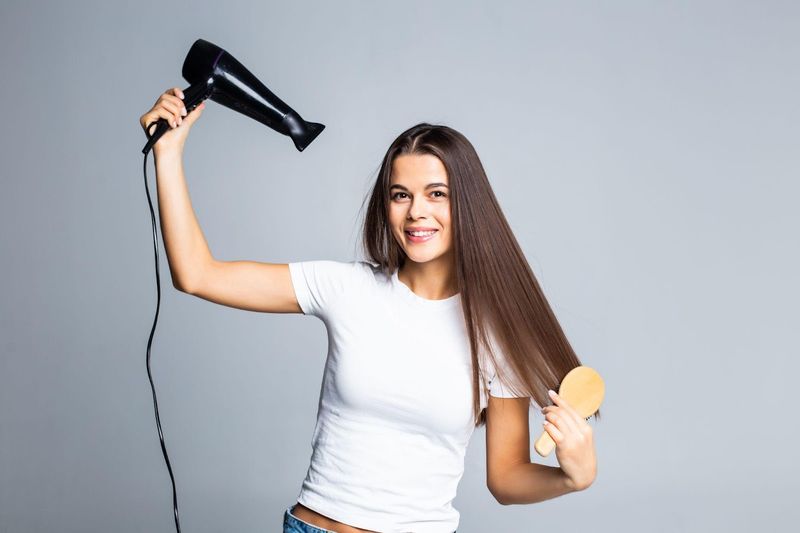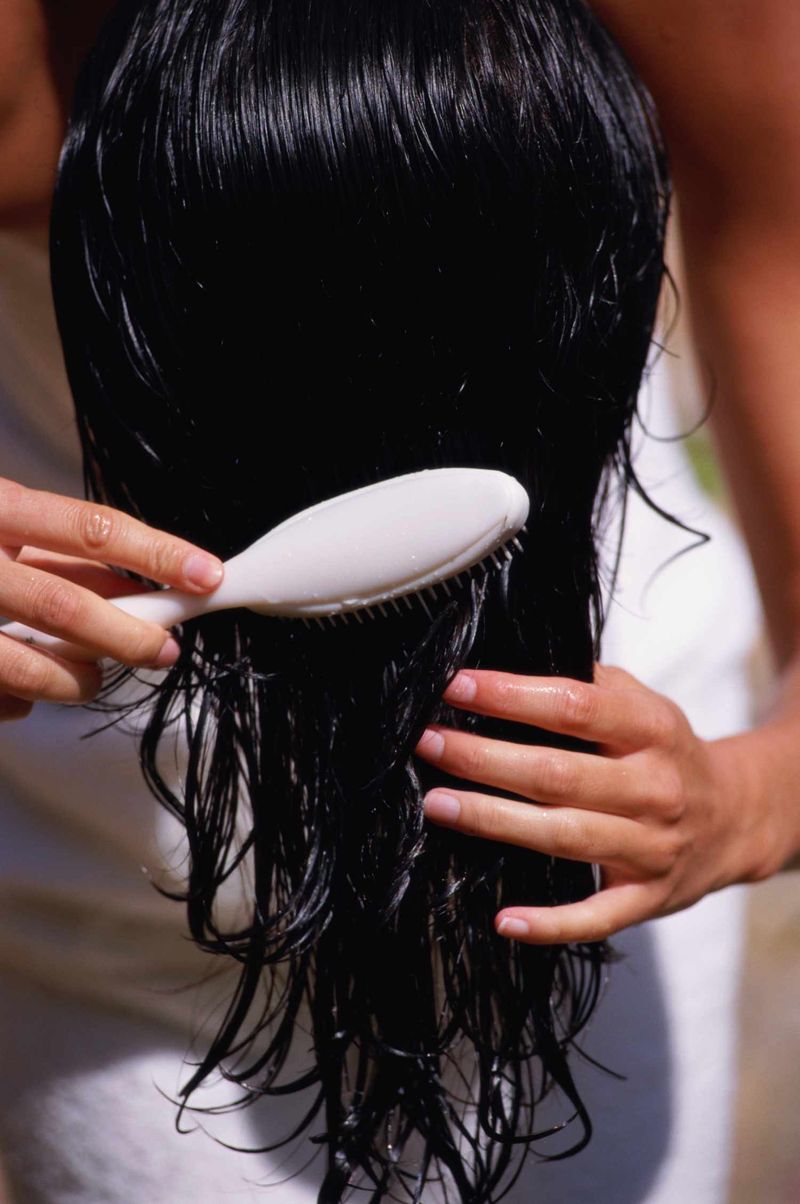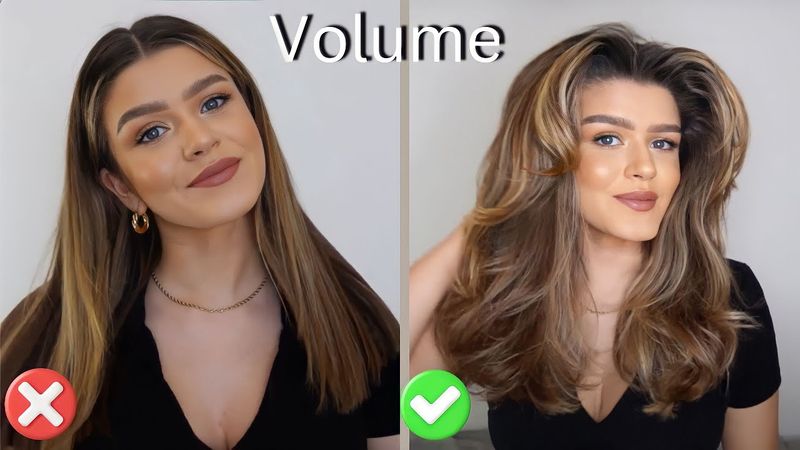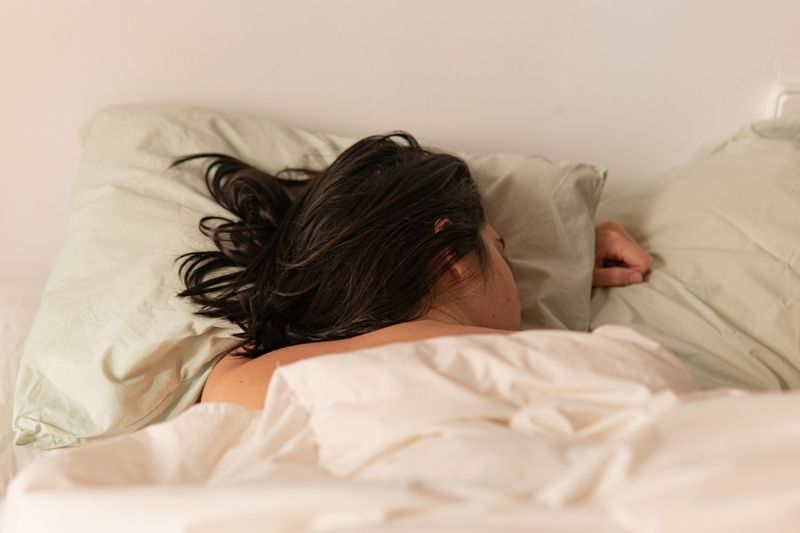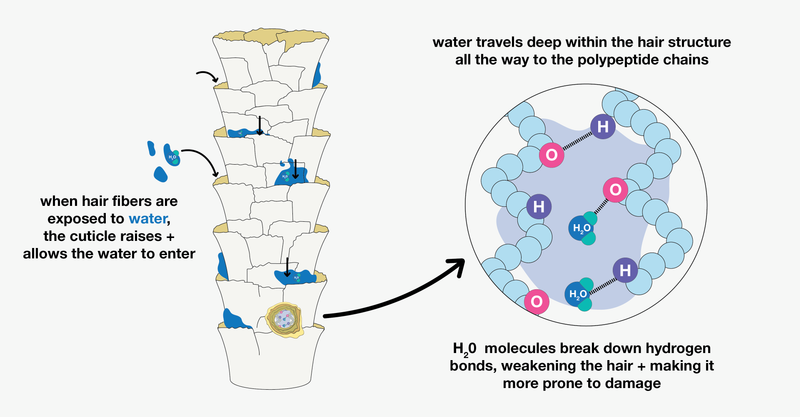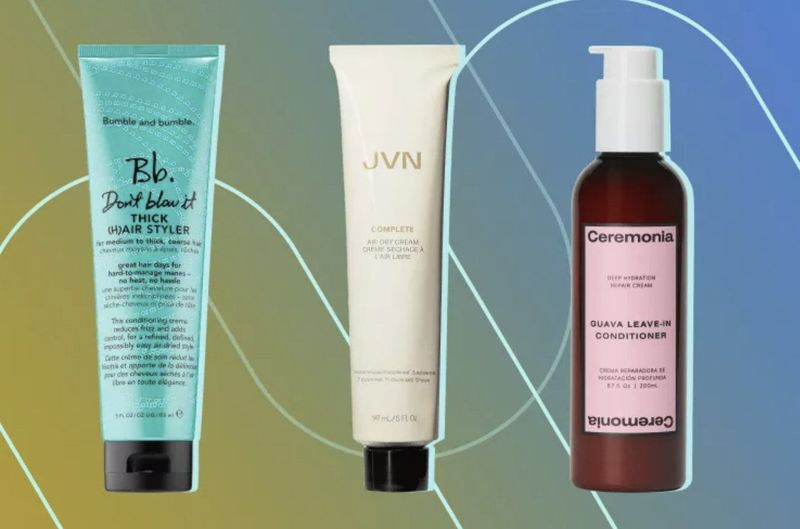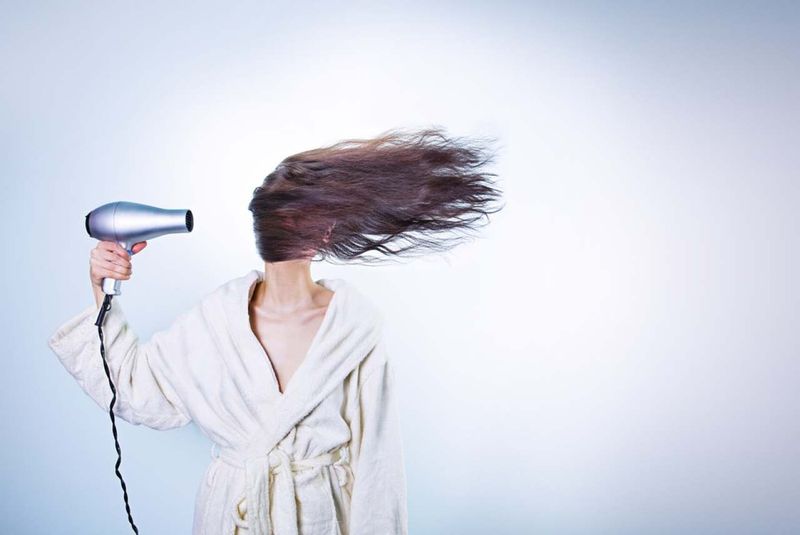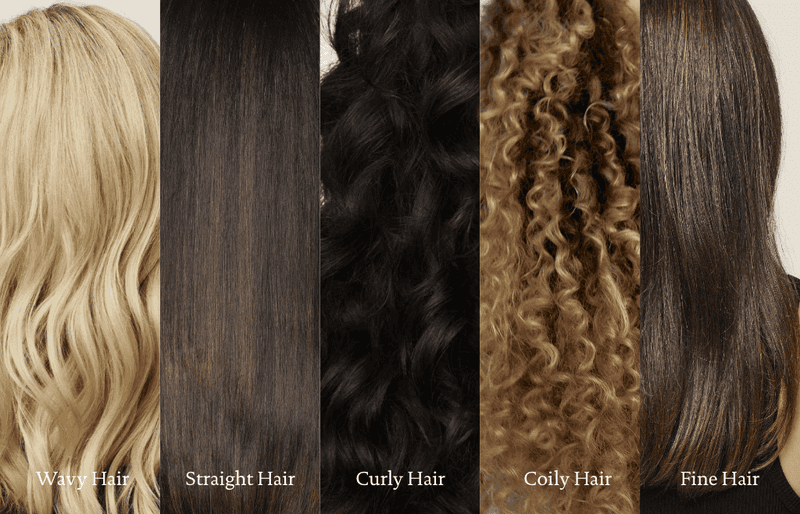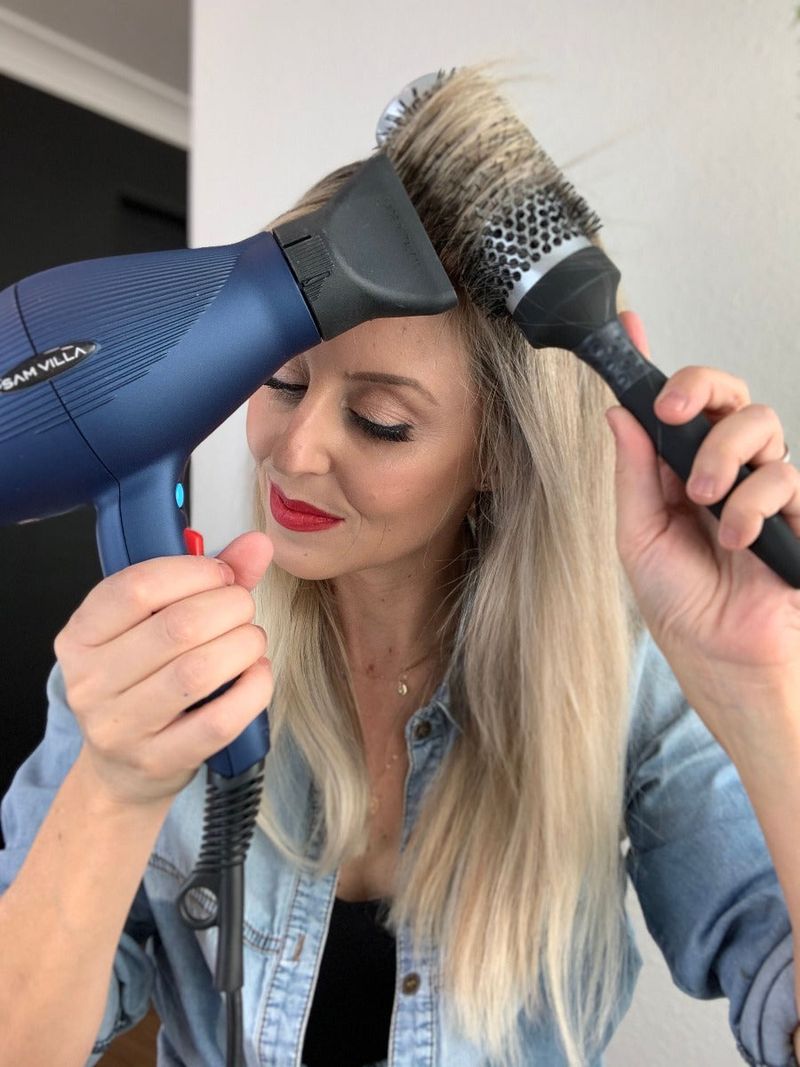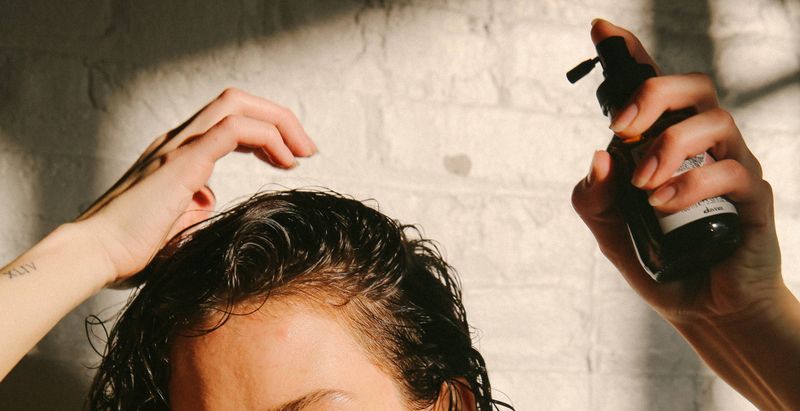Ever wondered if letting your hair dry naturally is truly the best option? While many beauty experts recommend air drying to prevent damage, there’s more to this hair care debate than meets the eye.
Let’s explore the pros and cons of air drying versus heat styling to help you make the best choice for your locks.
1. Damage Control
Heat styling tools can damage hair strands over time. The intense temperatures break down proteins, leaving locks brittle and prone to breakage.
Air drying eliminates this risk completely, preserving your hair’s natural strength and elasticity.
Related: -15 Subtle Reasons People Stop Loving Their Hair as They Get Older
2. Time Factor
Got places to be? Air drying might not fit your schedule. Thick or curly hair can take hours to dry naturally!
A quick blow-dry session gets you out the door faster, especially on busy mornings or before evening plans.
3. Frizz Management
Contrary to popular belief, air drying sometimes causes more frizz than controlled heat styling. When water sits in hair for extended periods, it swells the cuticle.
Quick drying with the right tools can actually seal cuticles for smoother results.
4. Cold Weather Concerns
Walking around with wet hair in winter? Hello, potential cold or headache! Your body uses energy to warm up that wet hair.
Plus, wet strands expand and contract in cold temperatures, creating more opportunities for breakage.
5. Styling Options
Air drying limits your styling possibilities. Your natural texture takes over, which might not match your vision for the day.
Heat tools offer versatility – straight, wavy, curly – whatever look you’re after becomes possible with the right technique.
6. Scalp Health
Prolonged moisture on your scalp creates a perfect environment for fungal growth. Yikes! Air drying keeps that dampness around longer.
A gentle blow dry on low heat can actually benefit scalp health by reducing moisture-loving microbe party time.
7. Volume Control
Flat hair blues? Air drying typically results in less volume than heat styling. Gravity pulls wet hair down as it dries.
A round brush and blow dryer combo lifts roots and creates bounce that can last for days.
8. Sleep Comfort
Going to bed with wet hair? Your pillow becomes a moisture trap – hello, bacteria and mildew! Plus, tossing and turning with damp strands leads to weird kinks and tangles.
Dry hair means cleaner pillows and more predictable morning looks.
9. Internal Damage Surprise
Science alert! When hair remains wet, water molecules inside the strands put pressure on protein bonds. This actually causes internal damage!
Controlled drying removes excess moisture before this prolonged swelling can weaken hair from within.
10. Summer Strategy
Hot summer days make air drying practical and refreshing. Your natural waves might look their best, enhanced by humidity.
Plus, giving hot tools a seasonal break reduces cumulative damage while letting your scalp breathe during warmer months.
11. Product Performance
Hair products work differently depending on your drying method. Some styling creams are specifically formulated for air drying, while others need heat activation.
Matching your products to your preferred drying technique maximizes their effectiveness and your results.
12. Energy Savings
Eco-conscious? Air drying wins here! Skip the electricity-hungry blow dryer and reduce your carbon footprint.
The average blow dryer uses 1500 watts of power. Going natural saves energy while giving your hair a break from the heat.
13. Hair Type Matters
Fine hair? Air drying might leave it limp and unimpressive. Curly locks? They often thrive with air drying techniques.
Your unique hair texture and density should guide your drying decisions more than general rules about what’s “healthier.”
14. Hybrid Approach
Why choose just one method? Smart hair care often means combining techniques. Try rough-drying hair at low heat until 80% dry, then let it finish naturally.
This compromise reduces both damage and drying time while giving you styling control.
15. Seasonal Adaptation
Your hair needs change with the seasons. Winter’s dry indoor heating calls for different approaches than summer’s humidity.
Flexibility with your drying routine throughout the year helps maintain optimal hair health regardless of environmental conditions.

